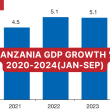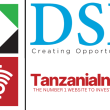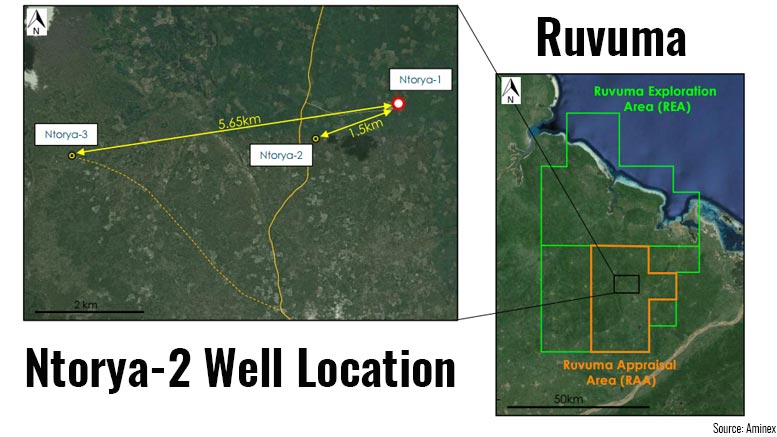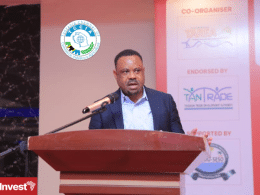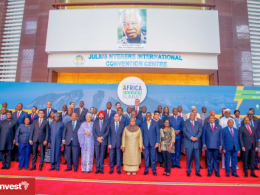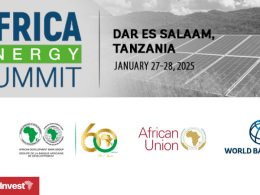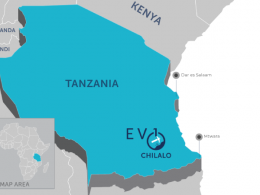Aminex (LON: AEX) has announced a further material increase in its estimates of gas initially in place (‘GIIP’) in its Ntorya appraisal area in the onshore Ruvuma Basin of Tanzania.
The Africa-focused oil and gas exploration and production company has upgraded its unrisked resource estimates to approximately 1.3 trillion cubic feet (TCF) Pmean GIIP.
Already in April 2017, Aminex announced a material increase in its estimates of GIIP in Ntorya from 153 to 466 billion cubic feet (BCF).
The new estimates cover the Ntorya appraisal area only and do not include the potential of the adjoining exploration acreage.
The company indicated that it is in the process of engaging an independent third party auditor to prepare an updated reserves and resource report.
Jay Bhattacherjee, CEO of Aminex, commented: “The updated modeling, mapping, and corresponding resource numbers continue to confirm that the Ruvuma Basin is of significant importance to Tanzania and the Company. We continue to work directly with the Tanzania Petroleum Development Corporation to create an optimal development plan so as to begin gas production from the license as quickly as possible.”
Aminex is currently preparing a gas commercialization plan which, together with submission of the Ntorya Field development plan to the Tanzania Petroleum Development Corporation, is expected to be completed in early September 2017.



